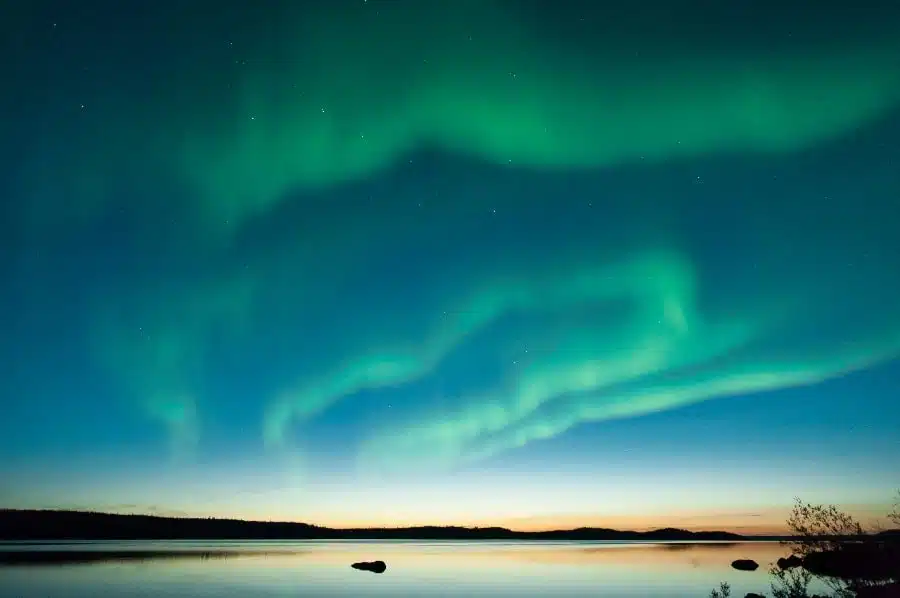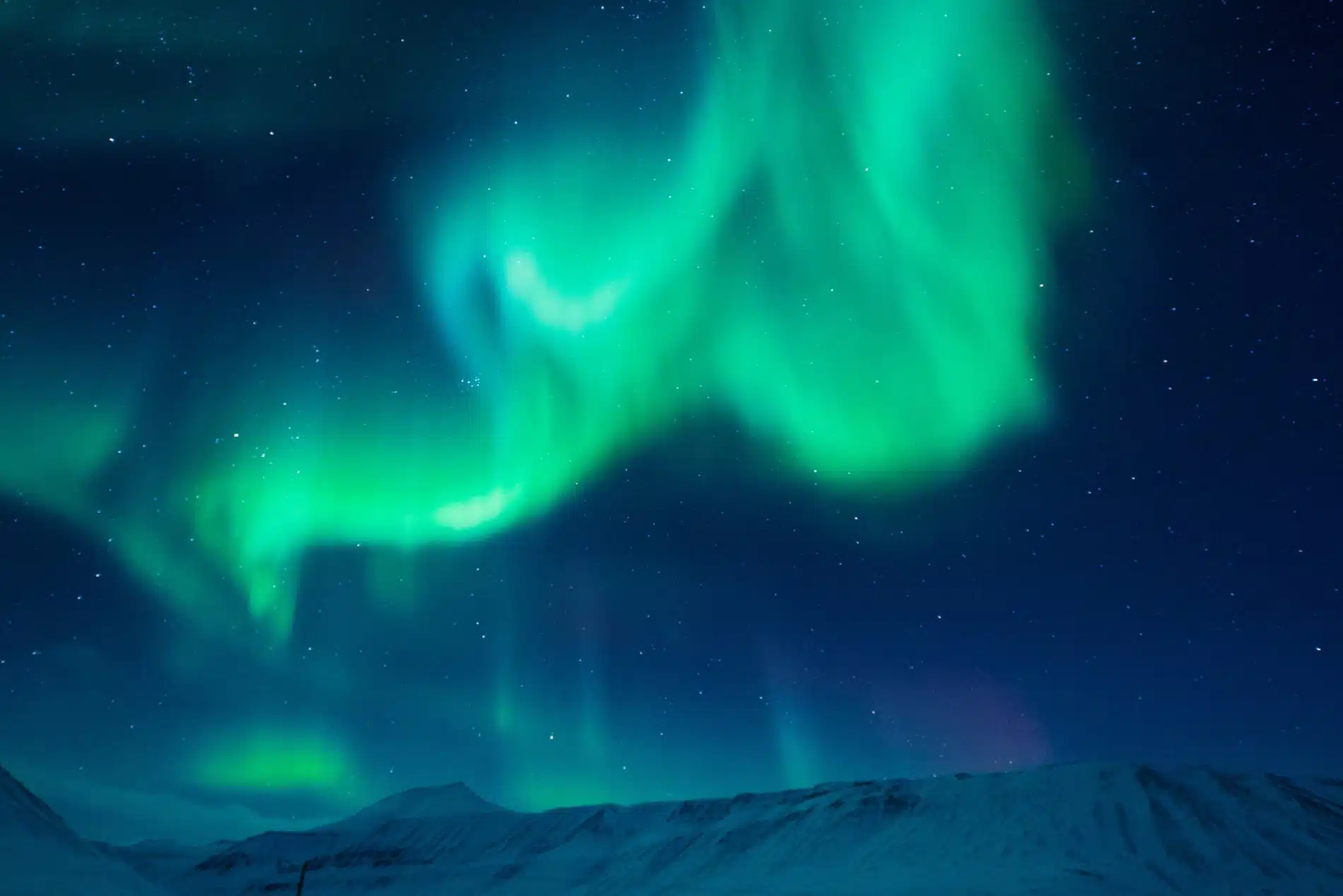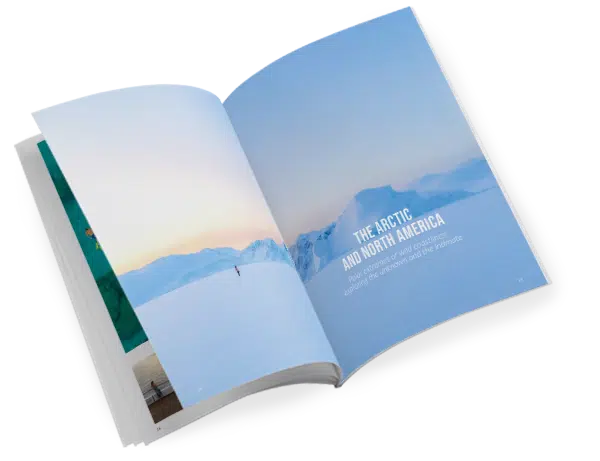From myth to reality
The first written record of the aurora borealis dates back to 3,000 years ago. Since then, from one century to the next, from one culture to another, these strange celestial lights – borealis for the north, australis for the south – have been a source of continued inspiration for the imagination, myths and legends. Otherworldly and enchanting, these luminescent tapestries waving in the polar skies are 100% natural.
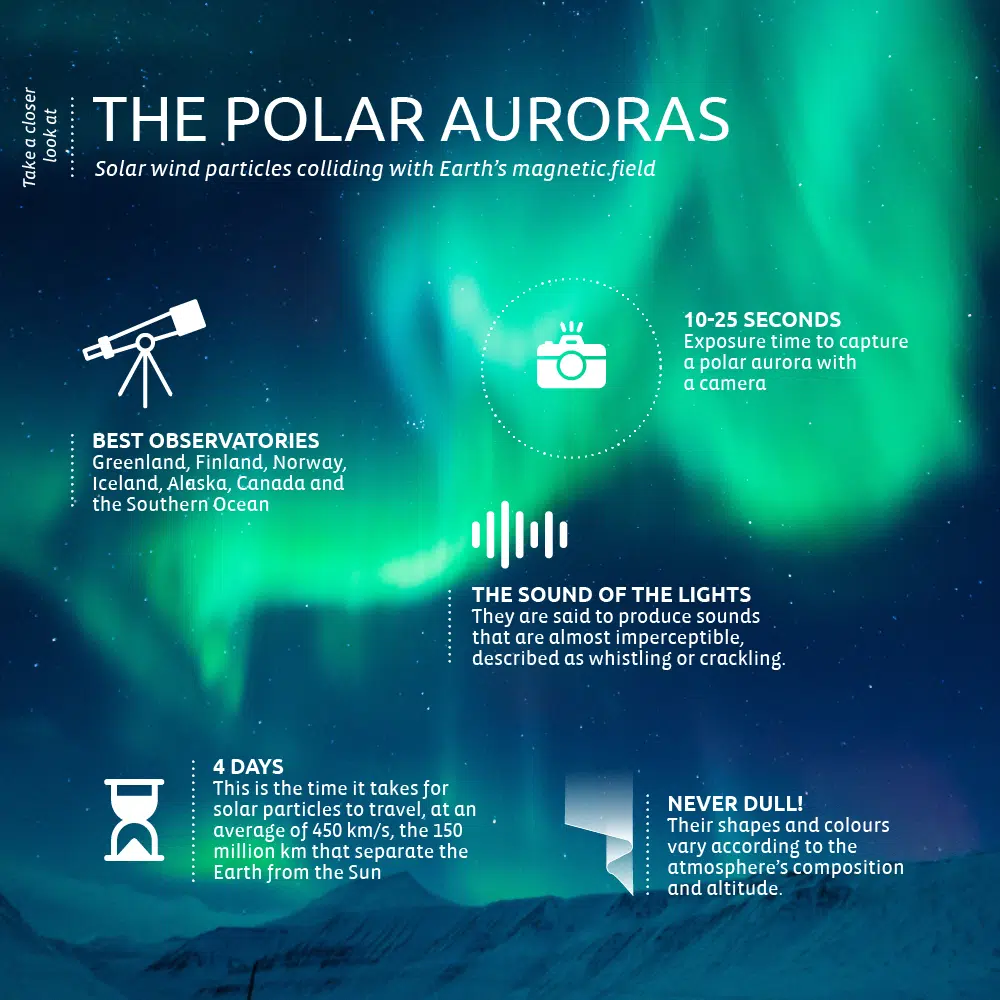
First “Aurora borealis”
Aristotle saw it as “rips in the night sky behind which we see flames”. But who was the first among Italian astronomer Galileo in 1620 and French philosopher and theologian Pierre Gassendi in 1649 to mention the “aurora borealis”? The question remains divisive. Nevertheless, it was at some point in the 17th century that these mysterious luminescent phenomena observed beyond the Arctic Circle became known as the “aurora borealis”. The name comes from Aurora, ancient goddess of dawn, and her son Boreas, incarnation of the north wind. It was not until the aptly-named Enlightenment that the first inklings of serious scientific analysis of this phenomenon were reported, and until the late 19th century that Norwegian Olaf Birkeland understood its solar origin…
The Earth Shield: the invisible force protecting us
The Earth’s magnetic field could be compared to that of a bar magnet that is very slightly offset from the Earth’s axis of rotation. Like a gigantic dynamo, it is generated by the difference between our planet’s speed of rotation and the complex movements of its outer core’s fluids. Scientists refer to this intrinsic magnetic field that acts as a protective bubble as the “Earth Shield”. The region of space penetrated by the Earth’s magnetic field is then referred to as the magnetosphere. It is a turbulent, highly dynamic region that is constantly evolving and that protects us against external aggressions such as cosmic rays and solar energetic particles. And it is precisely these interactions between the solar wind and Earth’s magnetosphere that give rise to our polar auroras, also causing compass deviations.
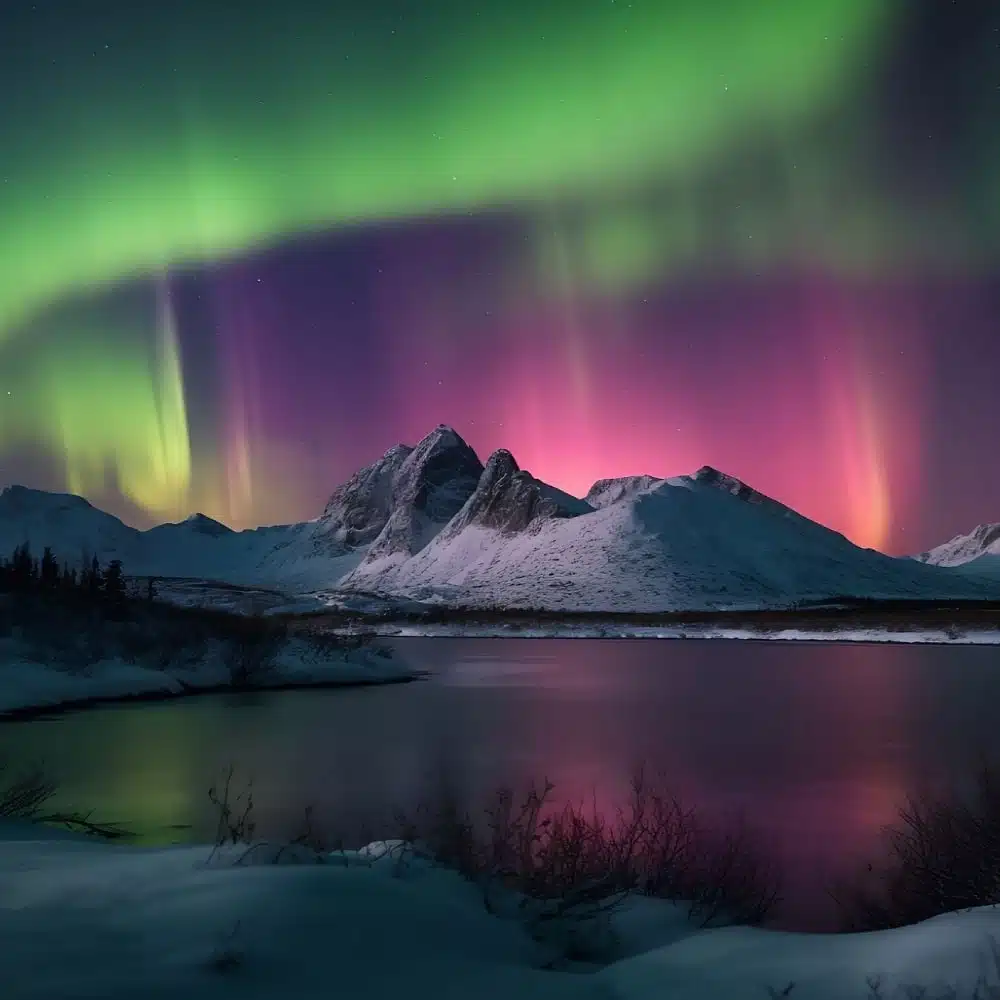
Extra-terrestrial polar auroras
The polar aurora phenomenon is not exclusive to Earth. Other planets in our solar system are also venues for this fabulous celestial spectacle. The one necessary condition? Having a magnetic field. This phenomenon is considered a polar aurora when it occurs at one of the planet’s magnetic poles. Several space probes have been able to testify, with images to prove it, to “dancing lights” on Uranus, Saturn and Jupiter, where the most spectacular polar auroras have been observed. They are 100 times more intense than on Earth — and permanent! With its long distance from the Sun, Jupiter essentially owes its auroras to Io, its volcanic moon. More surprisingly, auroral lights have also been observed on Mars. While the Red Planet does not have a global magnetic field, some areas have remnants of a fossil magnetic field that causes the Martian auroras!
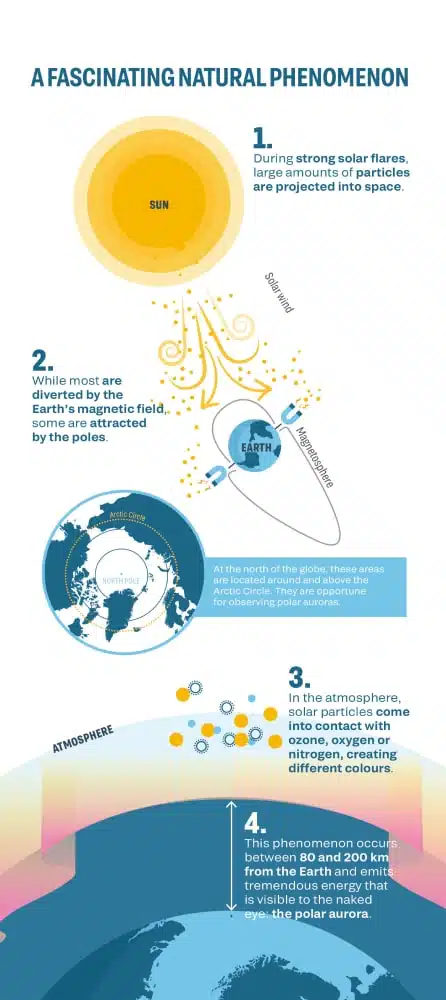
Anna Boberg, “Artist of the Arctic”
That’s how she liked to define herself. Born in Stockholm, Anna Boberg (1864-1935) briefly walked the halls of the Académie Julian in Paris, where she studied painting and sculpture, before devoting herself to ceramics and glass arts. In 1901, she set out for Norway and the Lofoten Islands. Captivated by its beauty, the artist visited the archipelago for more than 30 years, in summer as well as in winter. She depicted colourful wooden houses and fishing boats, silent mountains and twilight scenes. Glaciers, the midnight sun and the aurora borealis were among her favourite subjects, as evidenced by her Northern Lights, Study from North Norway, where the aurora borealis becomes a wonderful and poetic celestial symphony.
Path of the dead, fire foxes and ride of the Valkyries
Privileged observers of the polar auroras, Scandinavian peoples developed many myths around these divine lights. For the Inuit, these arsaniit were the torches of fire held by their ancestors to guide the souls of the deceased along their last path. The Finns called them revontulet, or literally “foxes of fire”. Twirling in the sky at high speeds, these Arctic foxes skimmed the peaks of snowy mountains with their shimmering tails, sprinkling the sky with flakes that reflected the light of the moon. For the Sami, the indigenous people of Lapland, these lights were birds of ill omen, incarnations of the souls of the dead. Moving, singing and whistling in their presence was avoided so as to not catch their attention. Finally, for the valiant Vikings, the Northern Lights were believed to reflect the armour of the Valkyries, fearsome warriors sent to Earth by Odin to enlist the best departed warriors and lead them to Valhalla to prepare for Ragnarök, the end times battle that would result in the world’s rebirth. The Northern Lights were then assimilated with the Bifröst, a “glittering path” serving as a rainbow bridge between Midgard – the Earth – and Asgard – Heaven, fortress of the gods.
When to go out in pursuit of polar auroras?
Photos credits : ©AdobeStock / ©iStock / ©Unsplash
